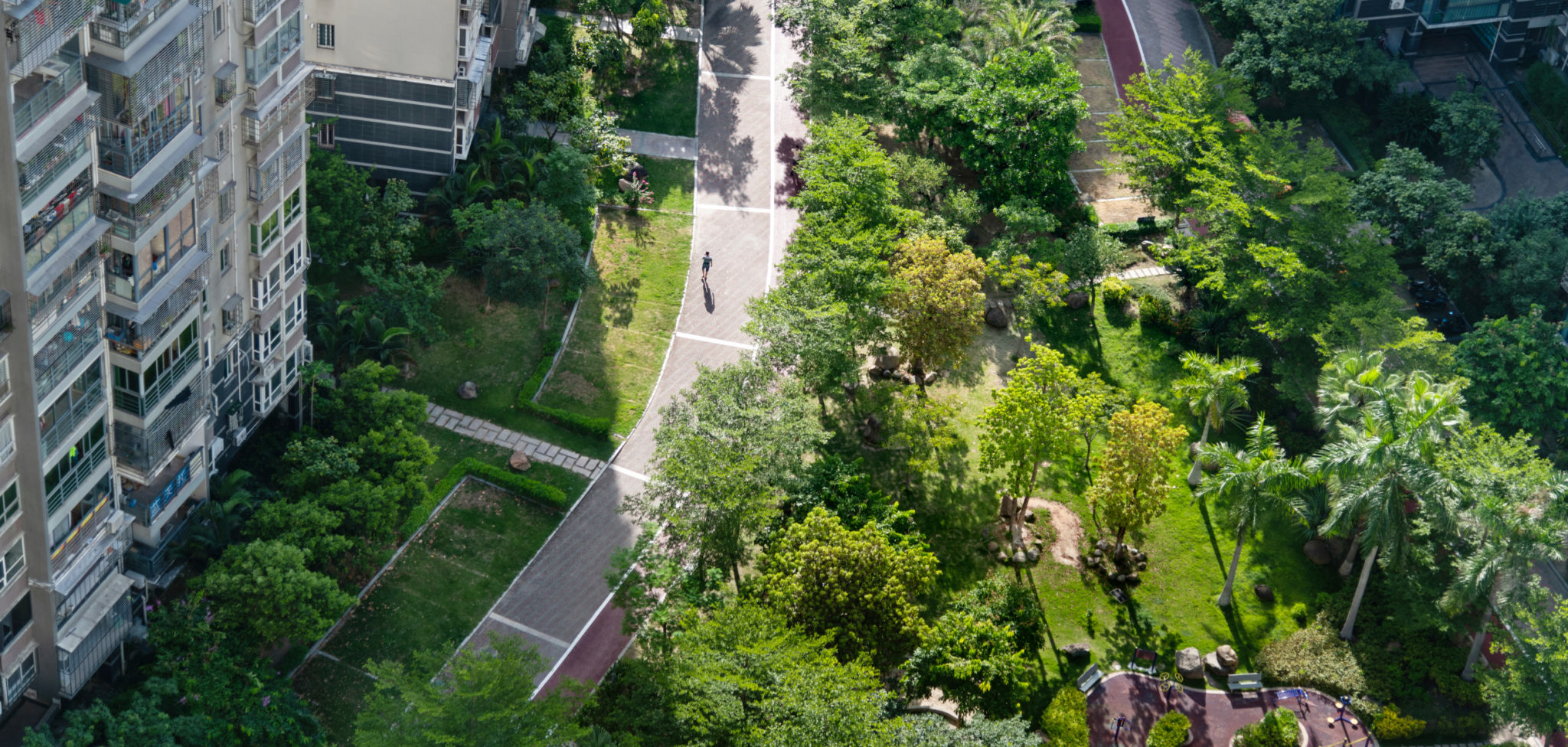Sustainable Architecture in Lisboa: Trends and Innovations
The Rise of Sustainable Architecture in Lisboa
Lisboa, a city known for its unique charm and rich history, is embracing a new era of architectural innovation focused on sustainability. As environmental awareness grows, the demand for eco-friendly construction has surged, leading architects in Lisboa to explore new trends and innovative techniques. This shift not only aims to reduce the carbon footprint but also enhances the quality of life for its residents.

Green Building Materials
One of the most significant trends in sustainable architecture is the use of green building materials. These include recycled, reclaimed, or rapidly renewable resources that minimize environmental impact. Lisboa's architects are incorporating materials like bamboo, cork, and recycled steel into their designs, which offer both durability and aesthetic appeal. This approach not only reduces waste but also supports local industries, fostering a more sustainable economy.
Energy Efficiency and Passive Design
Energy efficiency is at the forefront of sustainable architecture in Lisboa. Architects are employing passive design strategies that maximize natural light and ventilation, significantly reducing energy consumption. Buildings are oriented to take advantage of sunlight, while advanced insulation techniques help maintain comfortable indoor temperatures. These innovations contribute to lower energy bills and a reduced carbon footprint.

Urban Green Spaces and Biodiversity
Creating urban green spaces is another essential component of sustainable architecture in Lisboa. Architects are integrating gardens, green roofs, and vertical greenery into their designs, enhancing biodiversity and improving air quality. These spaces provide essential habitats for urban wildlife and offer residents areas for relaxation and recreation. The incorporation of nature into urban environments helps mitigate the heat island effect, making cities more resilient to climate change.
Water Conservation Techniques
Water conservation is a critical aspect of sustainable architecture. In Lisboa, architects are using innovative techniques such as rainwater harvesting and greywater recycling systems to reduce water usage. Buildings are equipped with low-flow fixtures and smart irrigation systems that ensure efficient water management. These measures are vital in a city that faces periodic droughts and water scarcity.

The Role of Technology
Technology plays a pivotal role in advancing sustainable architecture. Smart building systems are being implemented to monitor energy usage and optimize building performance. These systems allow for real-time adjustments, ensuring maximum efficiency. Additionally, the use of Building Information Modeling (BIM) helps architects design more sustainable structures by simulating energy performance and resource consumption before construction begins.
Community Involvement and Education
Community involvement is crucial for the success of sustainable architectural projects. In Lisboa, initiatives are underway to educate residents about the benefits of sustainable living and how they can contribute to reducing environmental impact. Workshops, seminars, and community events encourage public participation and foster a sense of ownership among residents, making sustainability a collective effort.

The Future of Sustainable Architecture in Lisboa
The future of sustainable architecture in Lisboa looks promising as more projects embrace eco-friendly practices. With continued innovation and collaboration between architects, developers, and the community, Lisboa is poised to become a model for sustainable urban development. This commitment to sustainability not only preserves the city's beauty but also ensures a healthier environment for future generations.
